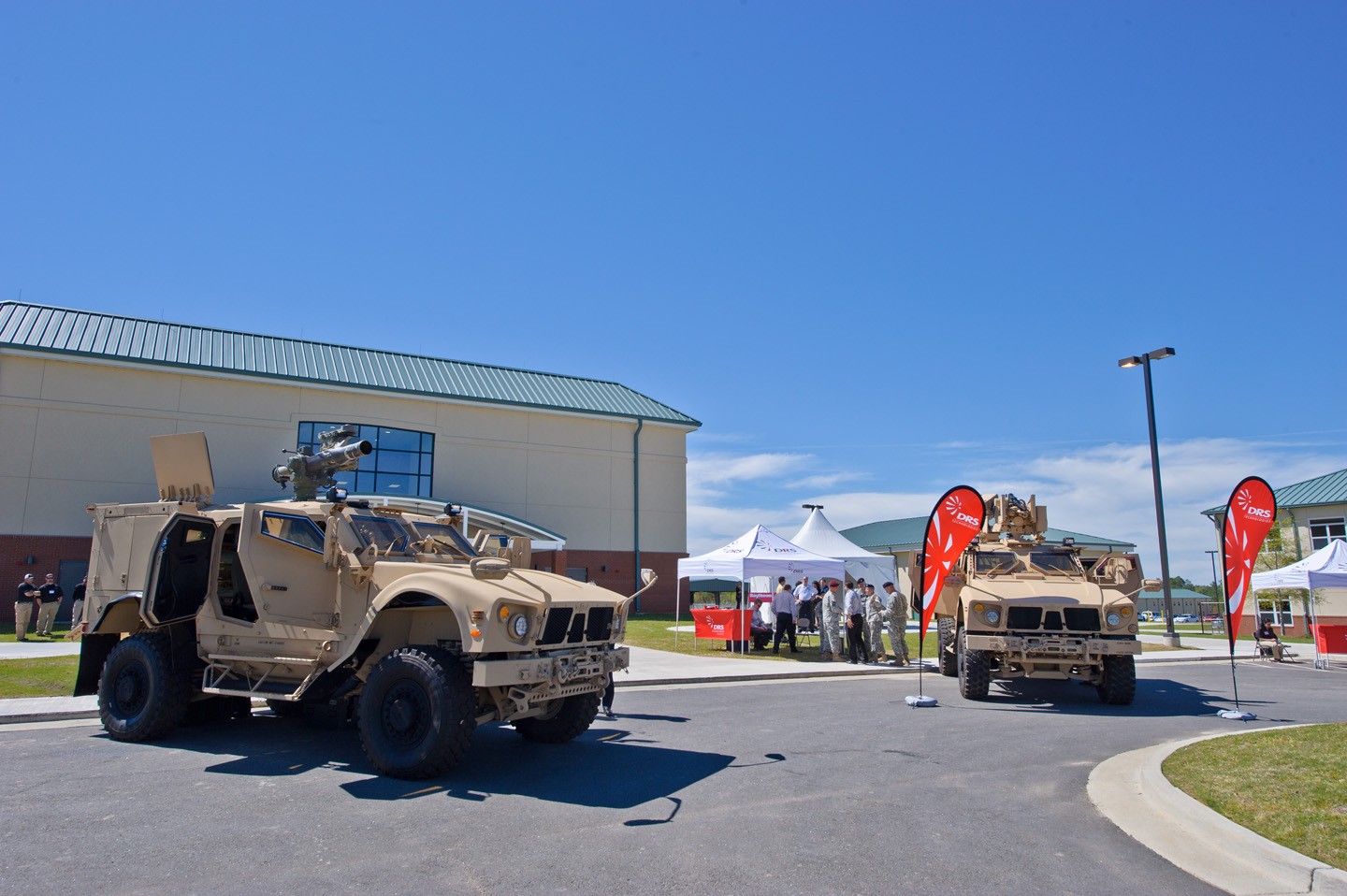FORT BENNING, Ga. - The Army must define a future strategy to deal with hybrid threats that operate along increasingly intricate networks in a "realm of uncertainty" on the battlefield, officials said last week at the 2011 Reconnaissance Summit.
Hosted by Fort Benning's Maneuver Center of Excellence for the first time, the seminar brought together senior Army leaders for discussions on reconnaissance training and capabilities. The summit, staged previously at Fort Knox, Ky., took place Wednesday through Friday at the Patton General Instruction Building on Harmony Church.
This year's theme was "Enabling Operational Adaptability through Reconnaissance." Participants used open dialogue, presentations and simulated scenarios to focus on identifying and developing the way ahead. In breakout sessions featuring Virtual Battle Space 2 vignettes, they executed four "recon missions" designed to replicate future operating environments.
Officials said the Army is working to evolve its reconnaissance doctrine, organizations, training and leader development to meet these emerging threats and prevail.
"Concepts are really the means by which our Army builds capabilities for the future," Maj. Joe Gelineau, a concept developer for the Joint and Army Concepts Division at Fort Monroe, Va., said Thursday in a speech about the "Army Concept Framework." "They're important because reconnaissance forces have been some of the most adaptable units out there. ... We have to be able to remember and retain those skill sets in the future."
Planners at Fort Monroe typically build roadmaps for five to 10 years down the road, he said. They're based on strategic documents and lessons learned in the past decade.
Gelineau said the Army uses two broad approaches - combined-arms maneuver and wide-area security - to deter conflict, prevail in war and succeed in a wide range of contingencies in the future operational environment. In addition, "mission command" helps leaders at every echelon account for changes outside the wire and make rapid adjustments on the battlefield, he said.
"We've got to develop the situation through action," he said. "The bottom line is we're trying to give our commanders more tactical flexibility by expanding their capabilities."
While the operating environment and enemy have changed, recon's traditional tenets remain the same, said Col. Antonio Aguto, commander of the 11th Armored Cavalry Regiment at Fort Irwin, Calif., home to the National Training Center.
"Guerrillas and insurgents - and whether they wear a uniform or not - add a complexity to the battlefield we did not see before. ... We have to be able to counter that," he said. "Our mission has changed so much in the last 10 years, but some lessons have been brought back to the forefront of our reconnaissance doctrine. Some of the things we need to relearn are out there."
The rapidly changing enemy networks, and their advanced nature, will require all the reconnaissance and surveillance resources the U.S. military can muster, said Maj. Gen. Robert Brown, the MCoE and Fort Benning commanding general. Joint training opportunities also have been limited by the high operations tempo.
"We haven't scrimmaged much in the last 10 years," Brown said. "And it's amazing how fast things change. By the time the ink's dry on our doctrine, it's changed three times. We're here looking at what really stays the same.
"We're only at the (start) of what we're going to see," he said of reconnaissance and surveillance techniques and capabilities. "It'll get even more complex."
Aguto spoke Thursday about reconnaissance ops against a hybrid threat. As the U.S. draws down in Iraq, he said, the future danger likely rests in a mix of conventional and terrorist warfare.
The enemy can obtain the same shelf technology available to friendly forces, the colonel said, so it must be embraced and used wisely.
The Recon Summit offers a wide array of experience and different perspectives, Gelineau said.
"That's how you learn what works and what doesn't," he said. "We're engaging in intellectual dialogue. When you get healthy conversation going, it's only going to make these ideas better. ... Our concepts are on track."
Aguto said it's important to routinely put them up for debate and scrutiny.
"Summits bring leaders and great thinkers together - people who have been there and done that," he said. "We can see where we are and where we need to go, and learn more about the enemy we may face."
Lt. Gen. Robert Caslen, commander of the Combined Arms Center at Fort Leavenworth, Kan., addressed the conference Friday on the importance of reconnaissance at the corps and division command level.
Exhibits included an M3A3 Cavalry Fighting Vehicle, M1127 Stryker Reconnaissance Vehicle and M1151 Up-Armored Humvee. Vendors displayed the latest recon and surveillance technologies throughout the three-day summit.


Social Sharing